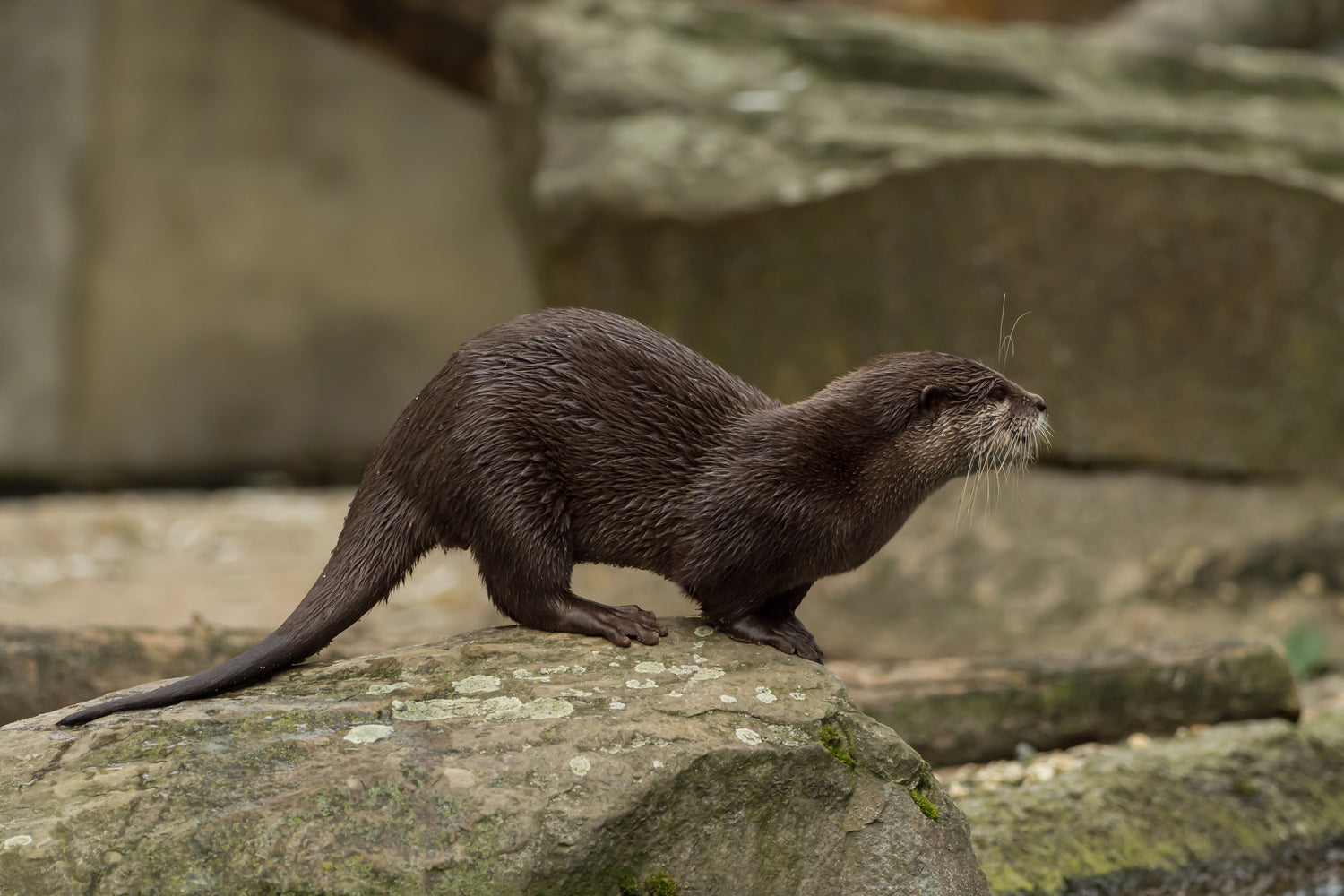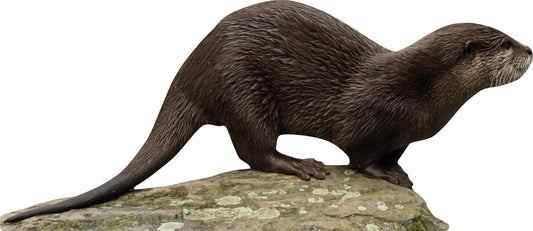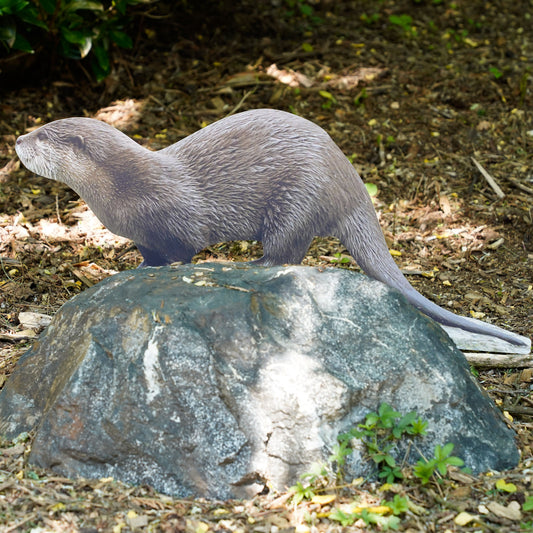
otter
The otter, a skilled swimmer and diver, is a fascinating aquatic creature that plays an important role in the ecosystem. This fact sheet provides a detailed overview of the otter's biology and lifestyle and emphasizes the importance of its protection and conservation in natural habitats.
otter Products
-
Animal display pine marten
1 reviewRegular price From 49,90€Regular priceUnit price / per -
Animal display pine marten - outdoor set
No reviewsRegular price 65,50€Regular priceUnit price / per
Profile: otter
-
Scientific classification
- Class: Mammals (Mammalia)
- Order: Carnivora
- Family: Martens (Mustelidae)
- Genus: Lutra
- Species: L. lutra (European otter)
-
Physical characteristics
- Size: Body length of 60-90 cm
- Tail length: 35-45 cm
- Weight: 5-14 kg
- Special features: Slender, muscular body, elongated tail, dense, water-repellent fur, small ears and eyes, strong, webbed paws.
-
Habitat and distribution
- Common regions: Europe, Asia, North Africa
- Habitat: Waters such as rivers, lakes, streams and wetlands; prefers undisturbed, clean waters with abundant food supplies.
-
Nutrition
- Diet: Carnivore
- Typical food: fish (e.g. trout, grayling), crabs, insects, small mammals, amphibians and birds.
-
Reproduction and lifestyle
- Mating season: winter to spring
- Gestation period: Approx. 60-63 days
- Litter size: 1-6 young per litter
- Lifestyle: Solitary, nocturnal or crepuscular, excellent swimmers and divers. They live in self-dug burrows (floating tubes) or use natural hiding places along bodies of water.
-
Lifespan and protection status
- Life expectancy: Up to 15 years in the wild
- Threat status: Threatened in many regions due to habitat loss, water pollution, and illegal hunting. The European otter is considered "least concern," but many populations are locally threatened.
- Conservation measures: protection and restoration of habitats, combating water pollution, raising awareness about otter conservation and promoting near-natural waters.


